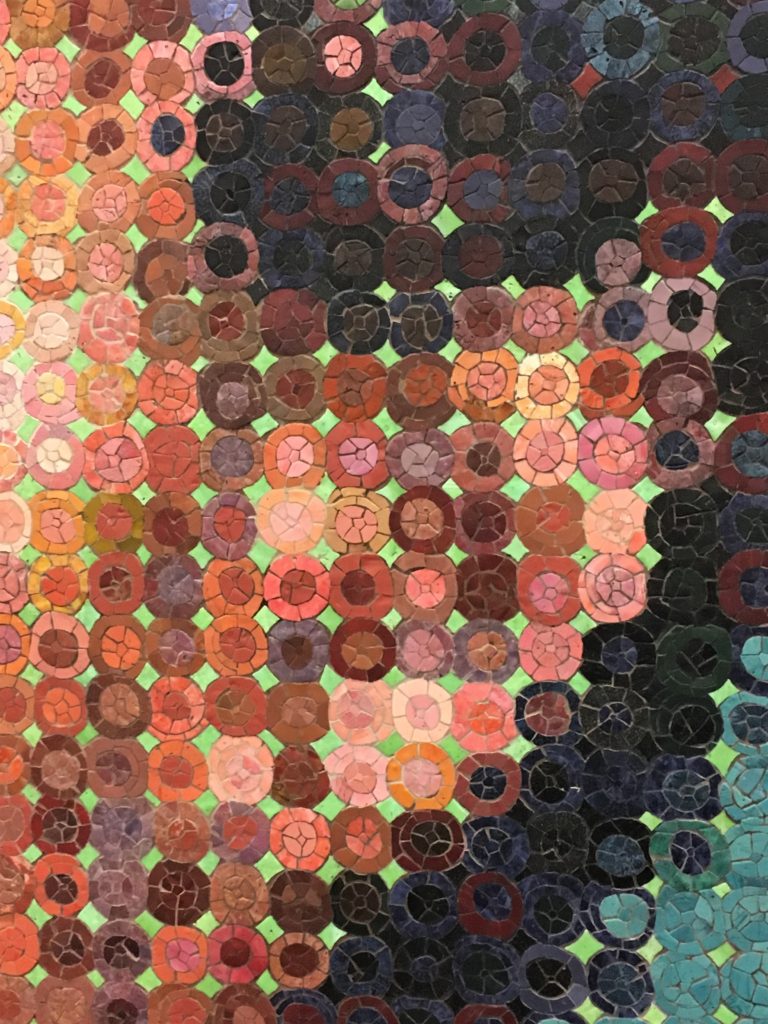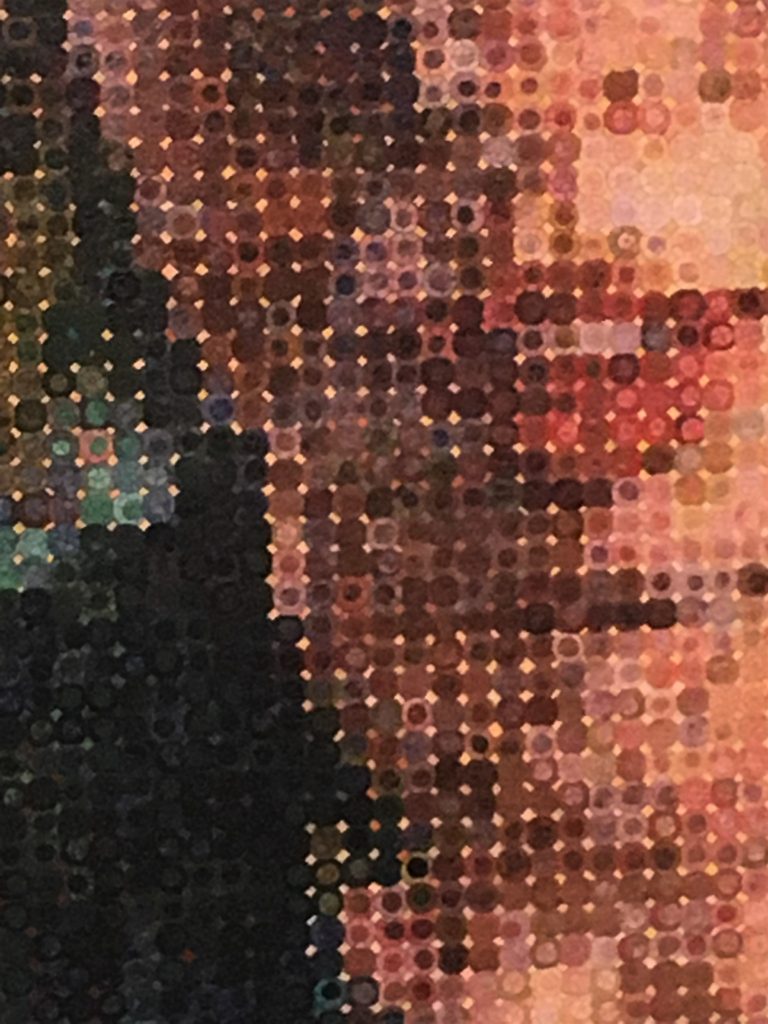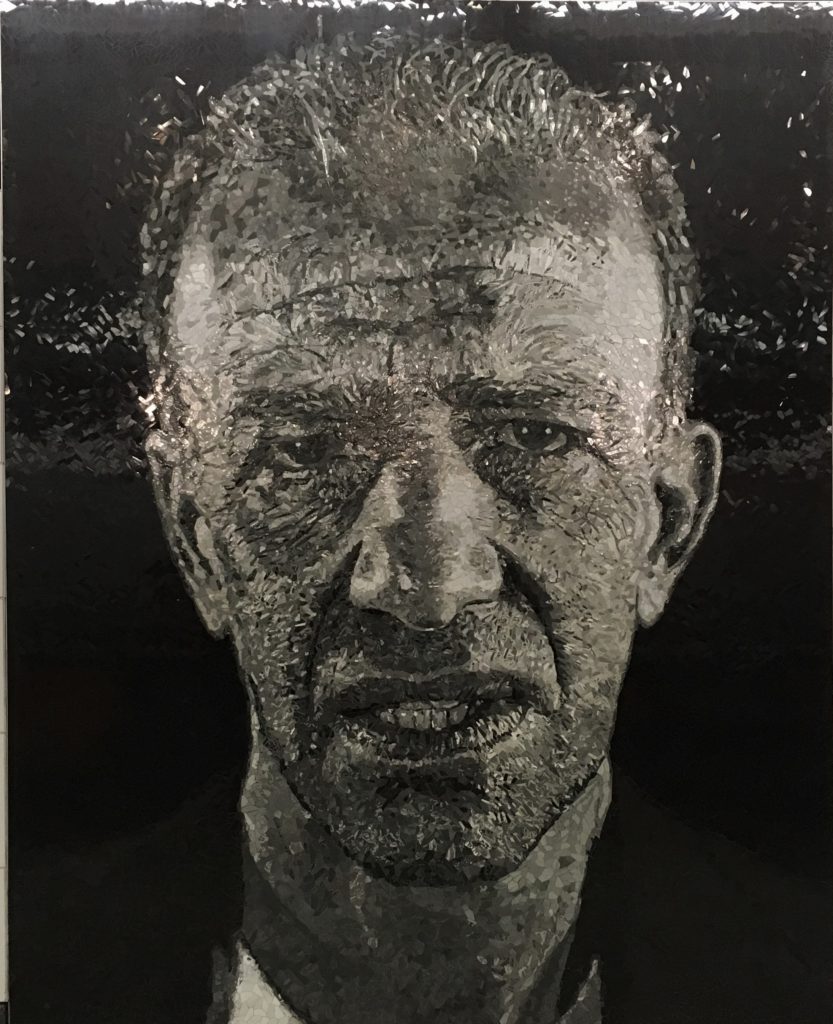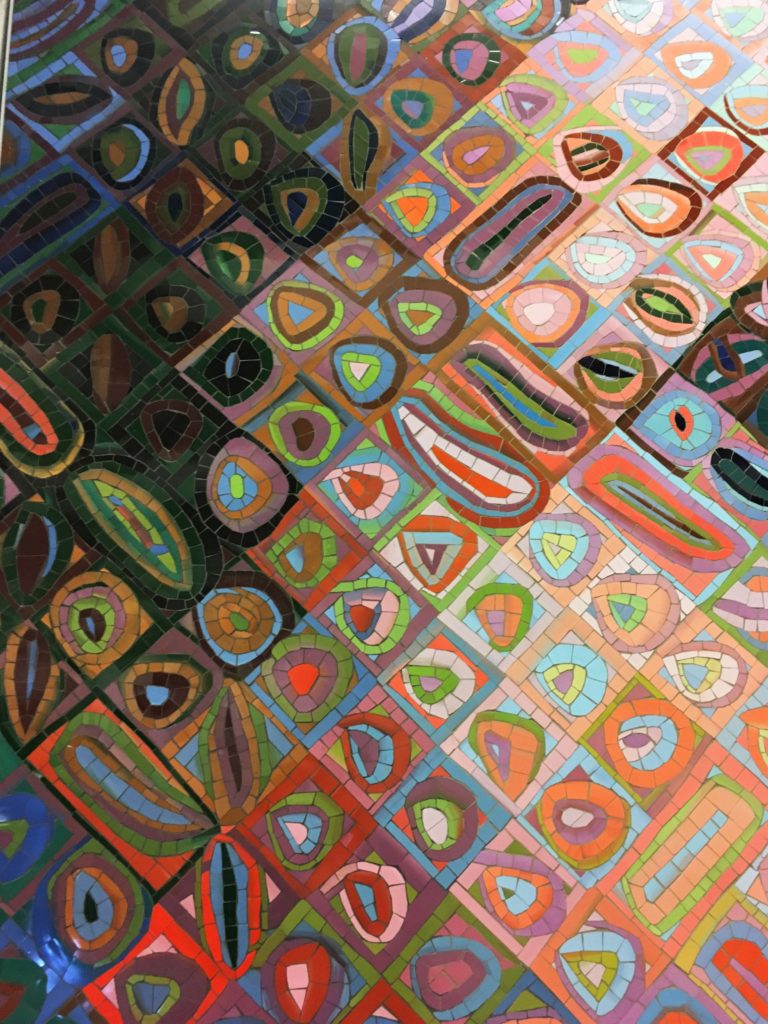Friday, April 5 was 清明Quingming Festival—the day when Chinese people visit their ancestral burial grounds. It falls on the first day of the fifth solar term (節氣) of Chinese lunar calendar on the 15th day after Spring Equinox. In most years, it falls on April 4 or 5 in Western calendar.
Chinese almanac explains the naming of this solar term: “Fifteen days after Spring Equinox, the handle of the Big Dipper points to the south. It is Quingming: when all things are clean, organized, pure and bright. During this period, air is pure (清) and scenery is bright (明), all lives appear, hence it was named.”[1] Clearly, it is the perfect time for spring outings, visiting nature and picnics. The festivities were depicted in some of the greatest Chinese paintings.[2]
At the same time, while people visit and clean ancestral tombs, melancholic sentiments are also felt during this period. The most vivid descriptions are found in Du Fu’s poem:
清明時節雨紛紛,路上行人欲斷魂。借問酒家何處有,牧童遙指杏花村。
Drizzling rain lingers during the time of Quingming,
Along the road, travelers feel as if their hearts would be broken.
Asking where there might be a tavern,
Shepherd boy points toward the village where apricot flowers are blooming.[3]
Last Friday, it rained all day. Several friends mentioned the coincidence of the weather matching the festival. I looked out of the window while traveling toward Newark. The marshland was misty and gray, slow to recover from long winter months. The dreary scenery reminded me that it had been thirty-six years since dad’s passing.
Dad passed on April 3, 1883 after long illness. Quietly, dad guided me in my formative years. He was one that encouraged me to trust my instincts and to follow my dreams. After all these years, I can still hear his voice directing me. His image never faded in my mind. Both my brother and I are often away from home during Quingming. When we are there at the same time, we try to visit dad’s grave—most often during summer months. This for many people are unorthodox. Yet, it is important for us.
I think that the true meaning of sweeping ancestral graves is to be reminded of traditions and to carry them on from generation to generation. And, the spirit of spring—regenerate and growth—is also important for all people.
[1] 《曆書》:「春分後十五日,斗指丁,為清明,時萬物皆潔齊而清明,蓋時當氣清景明,萬物皆顯,因此得名。」
[2]River Qingming;
Along the River During the Qingming Festival__Wiki
[3] 杜甫 Du Fu, Du Fu Wikipedia. I intend to reflect to the real meaning of the verses instead of formative structure.








